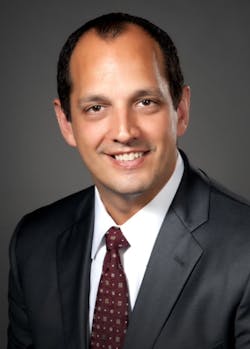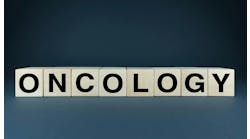What is NLP?
Natural Language Processing (NLP) is the process by which a computer understands human or natural language. For healthcare organizations, NLP is not just a single process, but rather a suite of services or products, including optical character recognition tools, a clinical taxonomy, business rules, and other processes and tools, that wrap around the core NLP technology.
Why now?
NLP has changed. Historically, these platforms produced poor results with too many invalid codes, which meant coders spent too much time rejecting codes. NLP also missed so many codes that the coders had to recode the chart from scratch to get to a high-quality coded chart. Many people who tested NLP platforms found it to be more expensive to use them.
In recent years, there have been significant investments in NLP platforms. The clinical rule sets have become much more refined. The machine learning and artificial intelligence components have processed millions of charts to tune the engines and refine the extractions. NLP vendors have worked to develop business rules specific to chart coding-use cases. Today, these platforms can drive insights into your coding business and lower your coding costs per chart.
Order up?
Buying an NLP platform is not as simple as ordering a combo meal from your favorite fast-food restaurant. These are not products that you simply take off the shelf and unbox to instantly reach nirvana. These systems are configurable to your specific business needs. You’ll need to balance the accuracy of the codes suggested with the rate of missed codes in order to optimize your projects. Also, tens of thousands, if not hundreds of thousands, of charts need to be processed to tune a platform to your specific guidelines and rules.
To get the most out of a platform, you should be looking for a series of capabilities:
Flexibility
It’s important to have a platform that allows you to balance the system for your needs. For example, when running a coding accuracy review, you want to be able to “open up” the system to present as many codes as possible. When running it for a first-pass coding, you may want to narrow codes presented to drive coding efficiency.
Rule sets
Running NLP for Hierarchical Condition Category coding is not exactly the same as running it for the Healthcare Effectiveness Data and Information Set, which is not exactly the same as running it for revenue cycle coding. A platform should tune for a variety of use cases, and if you have a specific use case, it must be tuned for your case.
Integration
There are a variety of methods for running and connecting NLP platforms into your coding process. For example, the NLP platform may be an application programming interface call out of your core coding platform or it may be hosted by your vendors, allowing you to send them charts and for them to return data to you. The right solution for your organization will depend on the flexibility of your core system, how the organization thinks about passing data to vendors, and many other factors.
Golden rule
In the end, in order for an NLP platform to be operationally viable, it needs to get to a baseline accuracy rate. We use the 80/20/5 rule for first-pass coding. For every 100 codes presented by the platform, the coding team should accept 80 of them, reject 20 of them, and find five that were missing.
Beyond diagnosis codes
Some NLP systems were designed around diagnosis code extraction for risk adjustment purposes. Others were designed from a revenue cycle perspective, pulling deeper datasets like procedure codes, place of service, etc. These platforms can identify burgeoning conditions as well as facilitate the capability to transform data for many uses. It is important to understand the breadth and limitations of the extraction algorithms as you match the capabilities to how you might use the platform in the future.
Clinical data stream
Where you insert NLP technologies into the clinical data stream can have a significant impact on the value they drive for your organization. The early NLP solutions were built around in-line coding and were specifically tailored to drive coding efficiency. As these ends have been achieved, purchasers and vendors are thinking differently about where in the clinical data stream to insert these technologies:
- Health plans are moving the technologies further up electronic medical record flows to identify possible conditions before they retrieve a chart. This reduces the number of charts they need to retrieve, and lessens the burden on providers.
- Providers are inserting NLP into the clinical documentation flow to facilitate pre-authorization as well as identify and communicate earlier with health plans with whom they take risk.
NLP solutions are on the precipice of changing how we think about the extraction and use of clinical data, but they are not “one size fits all.” It’s important to understand how these technologies fit into your business so you can implement the NLP solution that will bring the greatest benefit to your organization.



